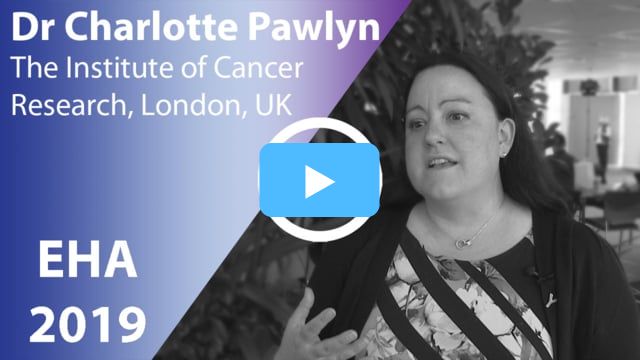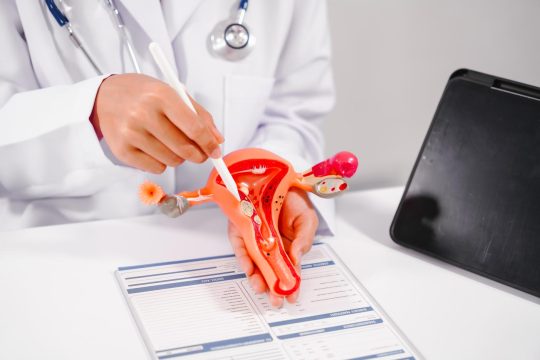Advertisment
EHA 2019: CASSIOPEIA study

Article written by Maria Dalby. Interview by Hannah Chatfield.
Among the clinical studies that reported results at the EHA congress 2019 was part 1 of the CASSIOPEIA study. CASSIPOEIA will document the efficacy and safety of adding daratumumab to standard induction and consolidation therapy, followed by daratumumab monotherapy as maintenance therapy, in patients with newly-diagnosed MM (NDMM) undergoing autologous stem cell transplantation (ASCT).
The final results of part 1, the induction and consolidation therapy phase, were presented by Professor Philippe Moreau (University Hospital of Nantes, France). A total of 1,085 transplant-eligible patients aged between 18 and 65 years with NDMM were randomised (1:1) to receive bortezomib, thalidomide and dexamethasone (VTd) with or without daratumumab (D-VTd) in four 28-day cycles as induction therapy, followed by two 28-day cycles as post-transplantation consolidation therapy.
The primary endpoint was the proportion of patients having achieved stringent CR (sCR) at the end of consolidation therapy. Key secondary endpoints included MRD negativity rate, ≥CR rate, and PFS and OS from randomisation. At a median follow-up period of 18.8 months, 85% of patients in the D-VTd arm and 81% in the VTd arm had completed induction and consolidation, which Professor Moreau stressed, highlights the feasibility of this strategy.
The primary endpoint was met, as significantly more patients in the D-VTd arm achieved sCR post-consolidation compared with the VTd arm (29% versus 20%; OR=1.60; 95% CI 1.21, 2.12; p=0.001). Patients in the D-VTd arm also had significantly higher rates of ≥CR (39% versus 26%; p<0.0001) and MRD negativity at a detection level of 10-5 (64% versus 44%; p<0.0001). The sCR benefit of D-VTd was seen in all pre-defined subgroups except high cytogenetic risk and ISS stage III disease.
In contrast, D-VTd was significantly superior in all subgroups including high cytogenetic risk and ISS stage III disease with respect to MRD negativity. The deeper response rates achieved with D-VTd compared with VTd translated into a significant PFS benefit: PFS rates at 18 months were 93% and 85% in the D-VTd and VTd arms, respectively, corresponding to a 53% reduction in the risk of progression or death in the D-VTd arm (HR=0.47; 95% CI 0.33, 0.67; p<0.0001). Once again, this benefit was seen across all pre-defined subgroups.
While the OS data are not yet mature, a trend can be seen in favour of D-VTd over VTd. A 24-month OS rate of 97% was noted in the D-VTd arm which is the highest ever recorded in a study in this setting. The rate of non-haematological adverse events was identical in the two treatment arms, as was the rate of severe infections. While there was a slight decrease in the stem cell harvest in the D-VTd arm compared with VTd, the proportion of patients undergoing transplantation was identical in the two arms. The CASSIOPEIA investigators concluded that these results support D-VTd as a new standard of care for transplant-eligible patients with NDMM. Part 1 of the CASSIOPEIA study was published in The Lancet in June 2019.1
1. Moreau P, Attal M, Hulin C, et al. Bortezomib, thalidomide, and dexamethasone with or without daratumumab before and after autologous stem-cell transplantation for newly diagnosed multiple myeloma (CASSIOPEIA): a randomised, open-label, phase 3 study. Lancet June 2019.





